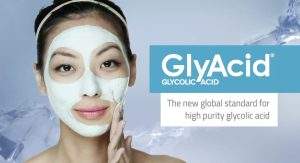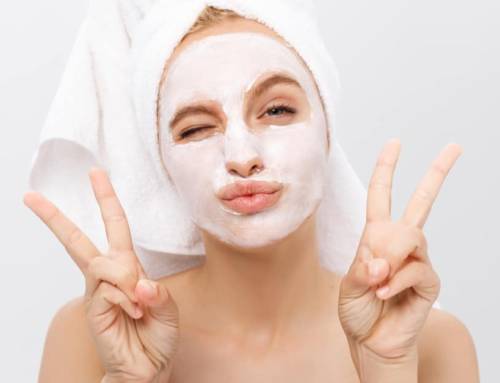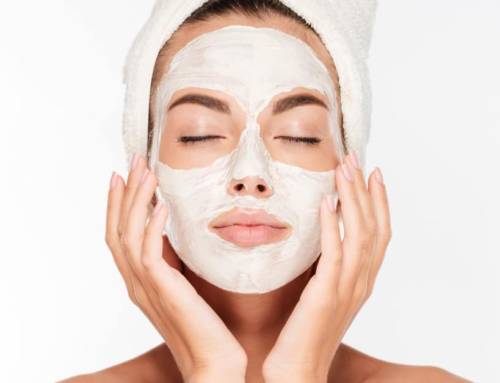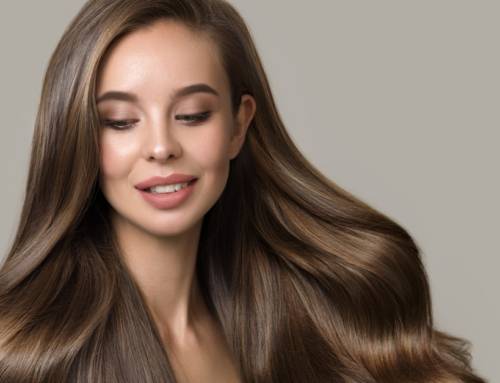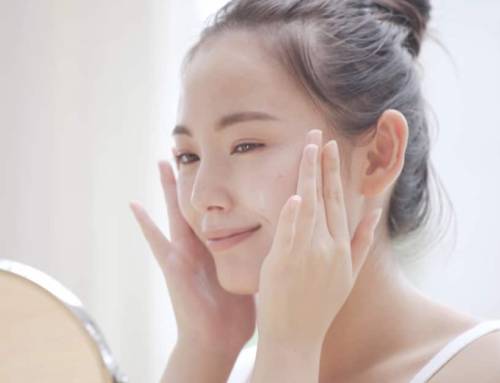Out, Damn Spot! Glycolic Acid Delivers Even Skin Tones
Glycolic acid has yet another incredible property that officially cements its heavyweight status as the skincare “miracle worker.”In addition to counteracting acne and curtailing fine lines and wrinkles? Glycolic acid is also a superstar at banishing age spots and reducing uneven skin tones.
Colloquially known as sunspots, age spots are tan, brown, black, or sometimes gray spots on the skin that may also be referred to as liver spots, or by their medical name, solar lentigines.
Age spots vary in size, and can be as small as a freckle or as large as ½ inch in diameter. Regardless of what name consumers use for these hyperpigmented spots, everyone desires the same end result: diminishing their appearance so you can enjoy an ultimately more even, balanced skin tone.
Luckily for consumers, using glycolic acid based skincare products is one of the easiest and most effective moves they can take to erase age spot and create even skin tone.
What causes age spots, anyway?
The root cause of age spots is excess melanin production, which creates increased (or darker) skin pigmentation. A big culprit in triggering melanin production? That eternal enemy of the epidermis, the pesky UV rays we’re bombarded with whenever we step outside.
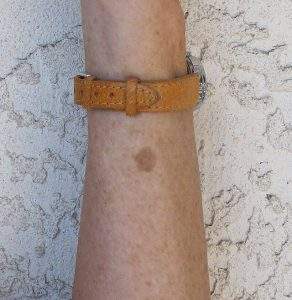
In fact, the damaging quality of ultraviolet light is why age spots most often occur on the face, neck, shoulders, arms, tops of hands, and tops of feet. They’re the areas of the body most frequently exposed to the sun, naturally. So it’s no surprise that age spots also most often occur on frequent sunburn sufferers.
Skin spotting is more common in adults over the age of 40, and even more prevalent in adults over the age of 50. Age spots are also commonly found on younger people who use tanning beds. Plus, adults with red hair or fairer complexions will fall victim to age spots more than the rest of the population.
While harmless (usually, but people should see a doctor if age spots are dark or have changed in appearance), they’re often referred to as a “telltale sign” of aging and can also coincide with a mess of other unflattering skin issues like dryness, wrinkles, and sagging. For many, age spots and the uneven skin tone they contribute to are at the top of the list of blemishes and imperfections they’d love to erase from their faces and bodies, leaving not a single sun-soaked, hyperpigmented trace behind.
Glycolic acid, the go-to ingredient
Fortunately for today’s consumer, age spots now can be reduced or completely removed, thanks to glycolic acid, the “miracle” skincare ingredient.
It’s the absolute best ingredient to reduce age spots and create even skin tone, because it’s a champion exfoliator. As the smallest of the Alpha Hydroxy Acids, glycolic acid penetrates the skin’s surface quickly and deeply, dissolving the “glue” between cells. This stimulates a faster skin cell turnover and forces newer and less-damaged skin cells rise to the top of the epidermis.
The result? A more even skin tone. Additionally, glycolic acid quickly sloughs damaged skin cells off the face and body, and can create the fastest, most visible results for consumers struggling with age spots.
Combatting age spots: The GA skincare routine
Since the benefits of glycolic acid are widely touted by dermatologists and skincare experts, glycolic acid packed skincare products are readily available amongst drugstore shelves and prestige personal care offerings. This proliferation of glycolic acid skincare products will make it exceptionally easy for consumers to combat the appearance of age spots with a three-step routine:
The benefits of glycolic acid are widely touted by dermatologists and skincare experts
The first action to take to reduce age spots is to use a glycolic acid based facial wash. A facial cleanser containing at least 3-10% glycolic acid will apply GA’s exfoliative powers directly to the delicate skin of the face, and drive newer, healthier skin cells to the surface. The result? A more even, less spotty skin tone.
In a similar vein, using a glycolic acid-packed body wash will also stimulate skin cell turnover for areas frequently damaged by the sun, like the shoulders, hands, or feet.
After using a glycolic-acid packed cleanser, it’s time for a glycolic-acid based moisturizer. This moisturizer will keep skin from drying out and continue to send healthy, undamaged, normally pigmented skin cells up to the surface. It’s important to remember that glycolic acid lotions and creams should be used at nighttime, to facilitate maximum absorption.
Finally, after cleansing and moisturizing, a topical application of a glycolic acid serum, painted directly on sun spots, will speed exfoliation, help shed those damaged skin cells, and eventually erase age spots.
Additionally, for consumers who really want to double-down on attacking age spots, a chemical peel is an excellent route to speedy results. GA-based chemical peels are available in both over the counter products or in higher concentrations at doctor’s offices. Regardless of the delivery method, a glycolic acid chemical peel is a sure-fire way to boost exfoliation and reveal evenly toned, age-spot-free skin fast.
Its ability to abolish age spots is just one more reason why formulators are including glycolic acid – especially high-purity GA – in their products. Thanks to today’s multitude of glycolic acid-based skincare products, people can not only achieve an even skin tone, but also finally erase unwanted and unflattering age spots. These products might not have helped Lady Macbeth, but they’re a blessing for skincare consumers. Out, damn spot!

